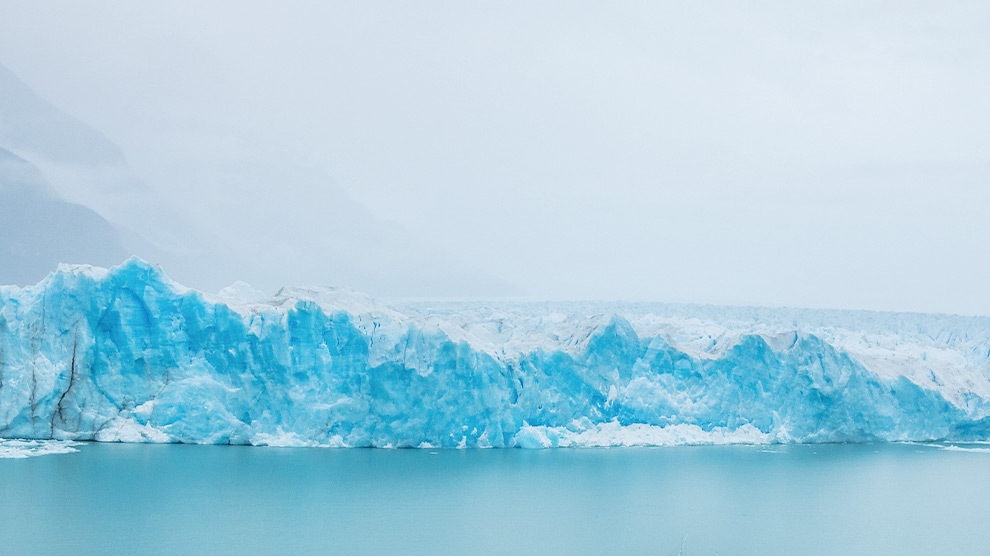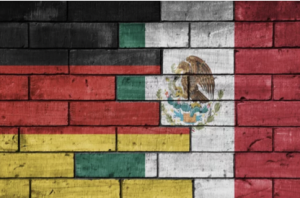Glaciers Worldwide Are at a Critical Turning Point
Glaciers in Mexico and across the globe have reached a critical stage, and immediate action is needed to preserve them.
To raise awareness, the United Nations has declared March 21 World Day for Glaciers, to be observed alongside World Water Day on March 22.
According to the UN, more than two billion people—roughly the combined populations of the United States and China—rely on glaciers and snowmelt for freshwater.
The UN warns that one-third of the world’s glaciers could disappear by 2050 without intervention.
Alejandro Carrillo Chávez, a researcher at the Centre for Geosciences, Juriquilla campus, explained that glaciers form through the gradual accumulation of snow. “When temperatures remain below freezing, snowfall doesn’t melt but builds up. More snow adds to the layers the following year, and the weight compresses the lower layers into dense, compact ice.”
Carrillo noted that mountain glaciers can contain hundreds of meters of ice. A glacier is considered healthy when it accumulates more ice than it loses through melting. The meltwater from glaciers flows downhill, forming rivers, lakes, and other water bodies that provide essential resources for ecosystems and human communities.
Hugo Delgado Granados, a researcher in the Department of Volcanology at UNAM’s Institute of Geophysics, added that Mexico currently has only three glaciers remaining: one on Pico de Orizaba and two on Iztaccíhuatl.










